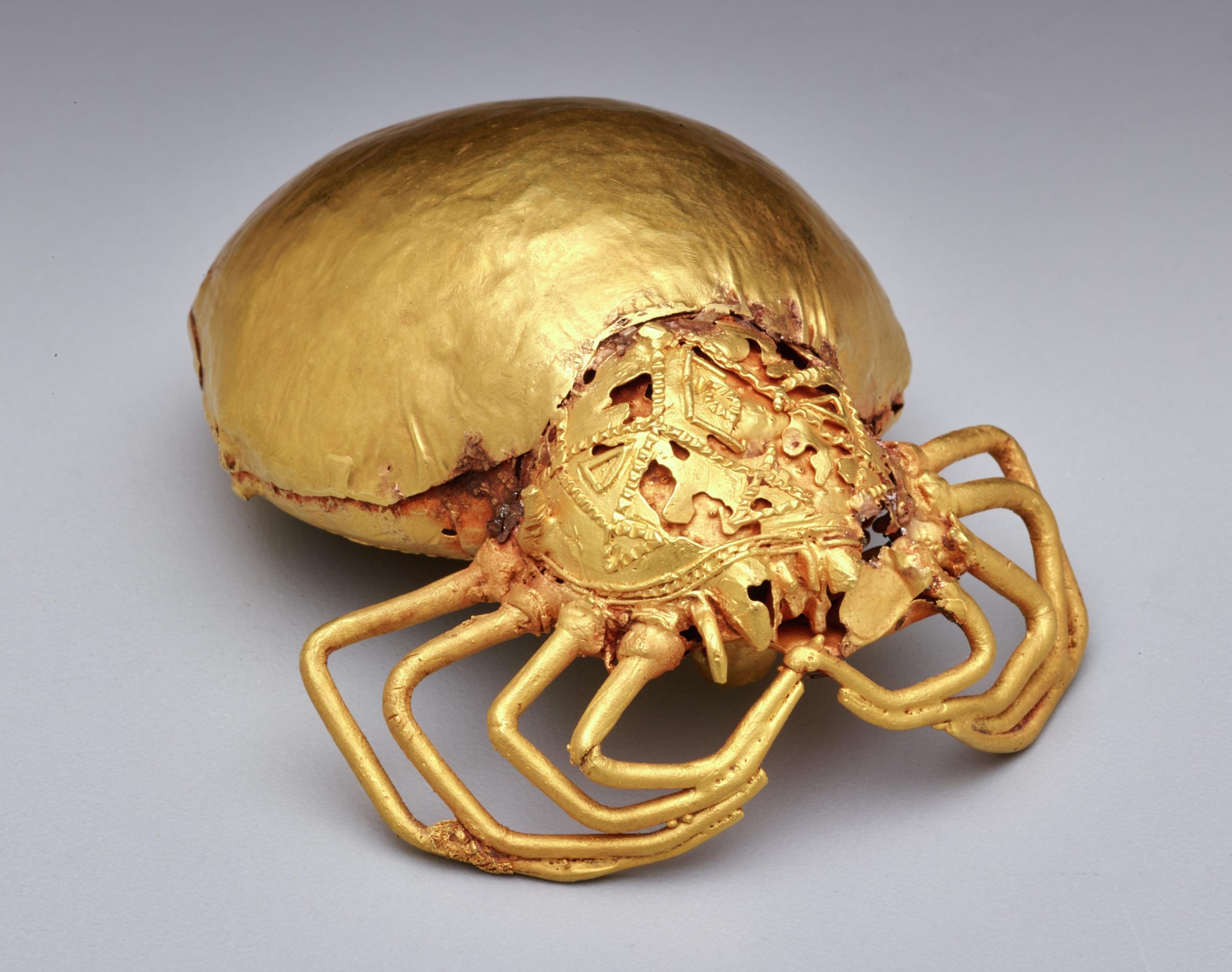The Golden Legacy of Ashanti: Discover the Kingdom’s Ancient Splendor
Table of Contents
Introduction
The Ashanti kingdom, a testament to unparalleled artistry, military prowess, and cultural heritage, left an indelible mark on the landscape of West Africa. known for its abundant gold reserves, the kingdom flourished as a center of commerce, diplomatic prowess, and cultural achievement. Delving into the captivating history of the Ashanti Kingdom,we uncover the kingdom’s rise,its cultural legacy,and its enduring impact on the region.
Ancient Background
The Ashanti Kingdom emerged in the early 18th century, comprised of various Akan states. Under the leadership of King Osei Tutu, the Ashanti people solidified their power by unifying the region. The kingdom’s strategic location at the confluence of major trade routes allowed it to control the flow of gold from the Gold Coast and neighboring areas.
Gold and Prosperity
The Ashanti Kingdom’s wealth was derived from its vast gold reserves. The Ashanti people developed ingenious mining and refining techniques, producing exquisite gold artifacts. Gold not only served as a form of currency but also symbolized the kingdom’s prestige and power. The kingdom’s reputation as a source of wealth attracted european traders, leading to the establishment of trading posts along the coast.
Cultural Legacy
The Ashanti were renowned for their extraordinary craftsmanship, producing exquisite textiles, pottery, and gold ornaments. Their weaving skills were especially celebrated; the vibrant and intricate patterns of Kente cloth became synonymous with Ashanti culture. In addition, the ashanti had a rich tradition of dance, music, and storytelling.
Kente Cloth: Kente cloth is a hand-woven fabric characterized by bold colors and intricate patterns. It holds immense cultural significance, representing the wearer’s identity, social status, and aspirations.
Gold Jewelry: Ashanti gold jewelry was highly prized for its craftsmanship and artistic designs. From intricate necklaces to elaborate crowns, gold ornaments adorned royalty and served as symbols of wealth and status.
Music and Dance: Music and dance were integral to Ashanti culture. Drumming played a central role in ceremonies, festivals, and military events. The Ashanti’s dynamic dance performances, such as the Adowa dance, conveyed cultural traditions and storytelling.
Military Prowess
The Ashanti Kingdom maintained a powerful army, feared for its discipline and tactical skill. The Ashanti military was organized into regiments, each with its own unique uniform and weaponry. Their formidable military prowess enabled them to expand their territory and repel European invasions.
European Contact
European traders, lured by the kingdom’s gold, established coastal trading posts. Initially, the Ashanti welcomed trade but resisted attempts at colonization. In the late 19th century, tensions between the British and the Ashanti escalated, leading to a series of Anglo-Ashanti wars. Despite their fierce resistance, the Ashanti were eventually subjugated by the British in 1901.
Case Study: The golden Stool
The Golden Stool, crafted from pure gold, is the most sacred symbol of Ashanti kingship. Legend has it that it descended from the heavens and has been passed down from one king to the next. The stool represents the unity, power, and spiritual authority of the Ashanti people.
Personal Experience
A visit to the Ashanti Cultural Center in Kumasi, Ghana offers an immersive experience into the history and traditions of the Ashanti people. The center showcases a breathtaking collection of Ashanti artifacts, including intricate gold ornaments, Kente cloth, and ancient relics. You can also witness traditional drumming and dance performances that bring the kingdom’s rich culture to life.
Benefits of Exploring Ashanti Heritage
Discover a remarkable civilization that shaped West African history.
Understand the cultural significance of gold as a symbol of wealth and power.
Appreciate the exquisite craftsmanship and artistic traditions of the Ashanti people.
Gain insights into the resilience and military prowess of a proud kingdom.
* Learn about the challenges and consequences of European colonization in Africa.
Conclusion
The legacy of the Ashanti Kingdom continues to inspire and captivate generations. Their architectural marvels, artistic achievements, and rich cultural heritage are a testament to the kingdom’s enduring power.Exploring the Golden Legacy of Ashanti allows us to delve into a captivating chapter of African history and appreciate its profound cultural impact on the region and beyond.

